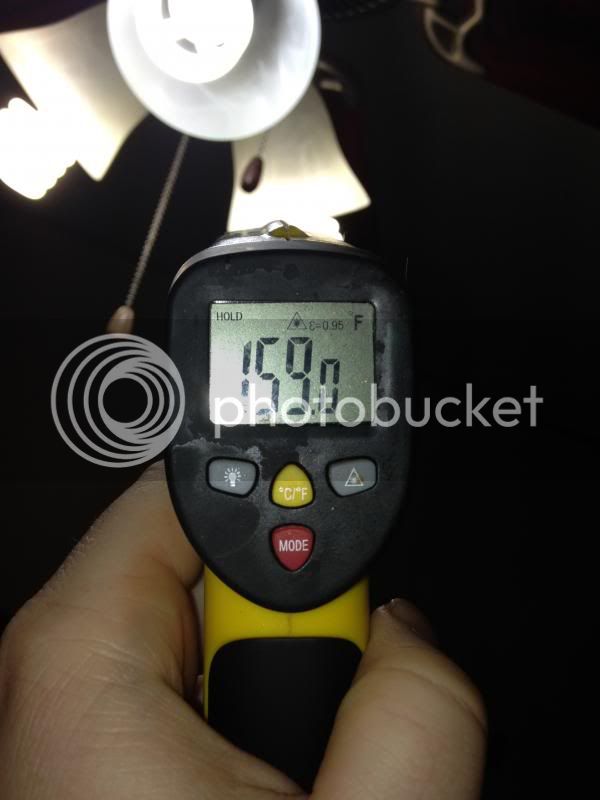ianw58
Well-Known Member
Well, the way I read it (and I would like to have an engineer explain it better) infra red heaters don't heat air. They are electromagnetic radiation that has to hit another object to warm it up. That would mean you would have to point it directly at your carboy.
The reason they work for reptiles is because they actually bask under them, getting warmed up. They don't heat the enclosure as many users ask about on Amazon.
I think anyway, I am an info systems project manager so not an engineer.
I don't know where to begin.
Air is actually made up of molecules of gas, such as nitrogen, oxygen, carbon dioxide and lots if other gases. Without these gases, we would have a vacuum.
For sound to travel, it has to create waves of energy through the air, just like a wave traveling through water. That's the reason that sound does not travel in space; there's nothing to carry the wave!
The infrared bulbs warm gases in the air, which, in turn, warm what ever they're near. The heat travels through the air just like sound waves or waves through water. They do not mysteriously transfer energy through space and time to warm things.
My infrared bulb is screwed into the socket in my light-bulb-in-a-can heater. I gave up on filament bulbs after the third bulb. The infrared bulb has been warming my ferments in my fridge all winter long.



























![Craft A Brew - Safale BE-256 Yeast - Fermentis - Belgian Ale Dry Yeast - For Belgian & Strong Ales - Ingredients for Home Brewing - Beer Making Supplies - [3 Pack]](https://m.media-amazon.com/images/I/51bcKEwQmWL._SL500_.jpg)






























